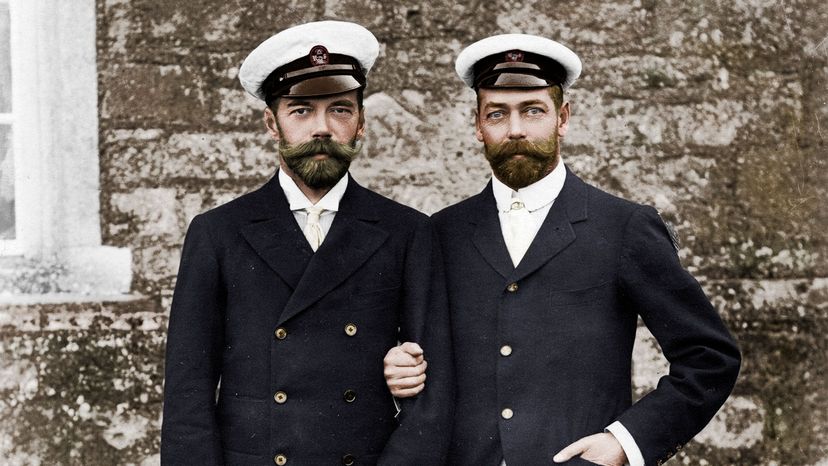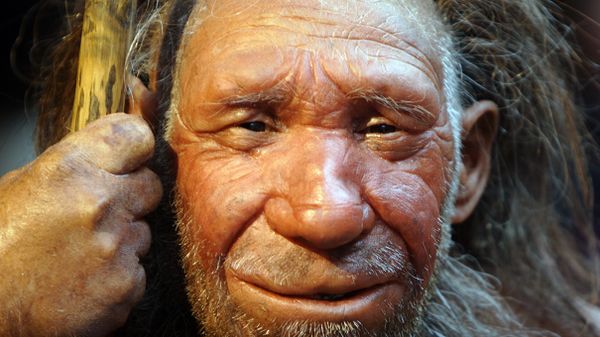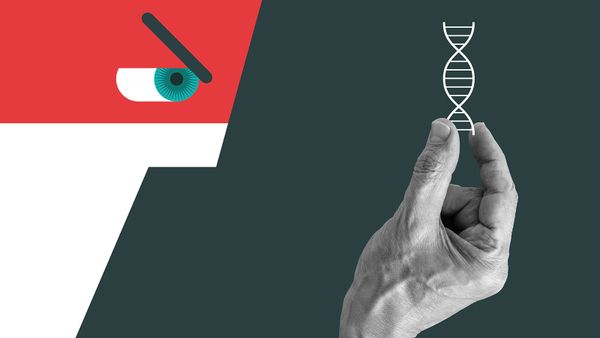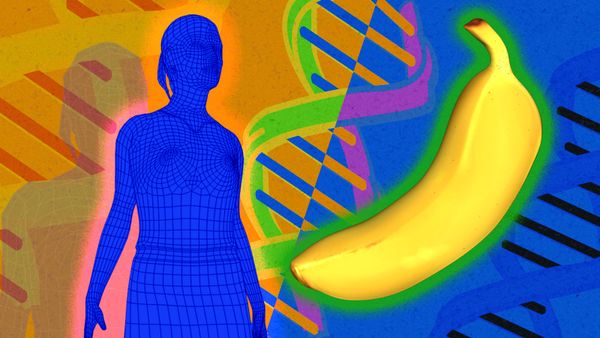
Everybody on Earth is related by virtue of the fact that we're all the distant grandchildren of the very first humans. Exactly when these grandparents were alive is up for discussion, but scientists think it was probably somewhere between 550,000 and 750,000 years ago. The first humans had children and they became brothers and sisters, who made way for aunts, uncles, nieces, nephews and cousins.
"Sometimes aunts or uncles have been called cousins, and the word cousin has also been used in a general way to refer to any relative," says Jenifer Kahn Bakkala, a genealogical researcher and writer who sits on the board of directors of the Association of Professional Genealogists.
Advertisement
The term cousin is commonly misused when discussing family relationships, but things get more complicated when we start looking at degrees within cousin relationships. So, what is a second cousin?


